The Temple of the Tooth Relic: A Sacred Haven and Fascinating Tourist Destination
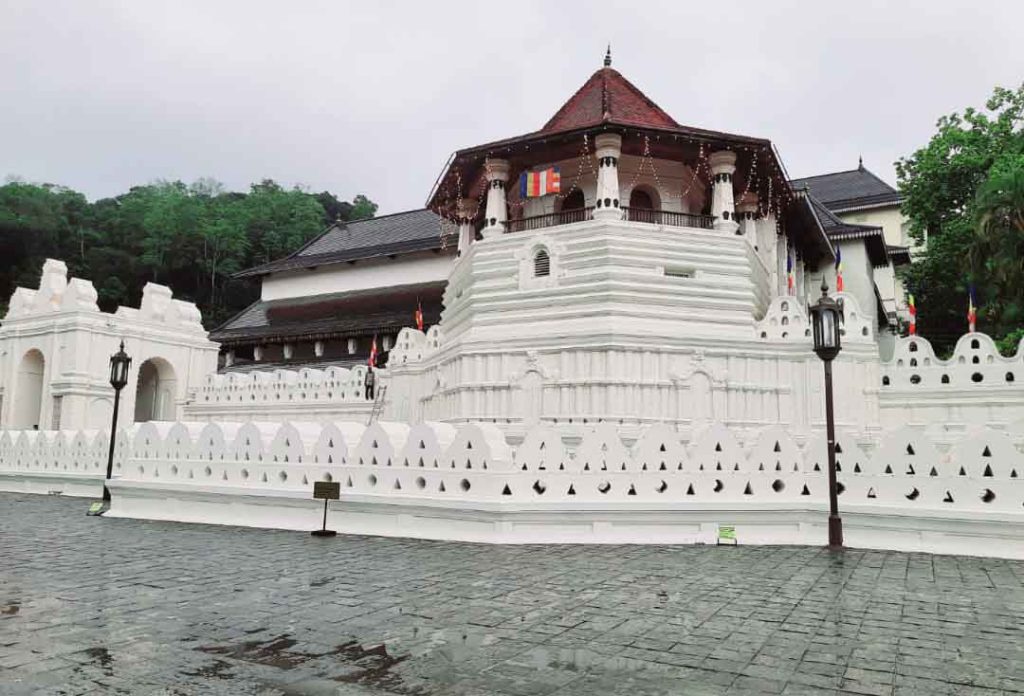
Located in the heart of Kandy, Sri Lanka, the Temple of the Tooth Relic, also known as Sri Dalada Maligawa, stands as one of the most revered and important Buddhist sites in the world. This magnificent temple houses the sacred tooth relic of Lord Buddha, attracting thousands of pilgrims and tourists alike. In this blog […]
Kandy Cultural Dance Show
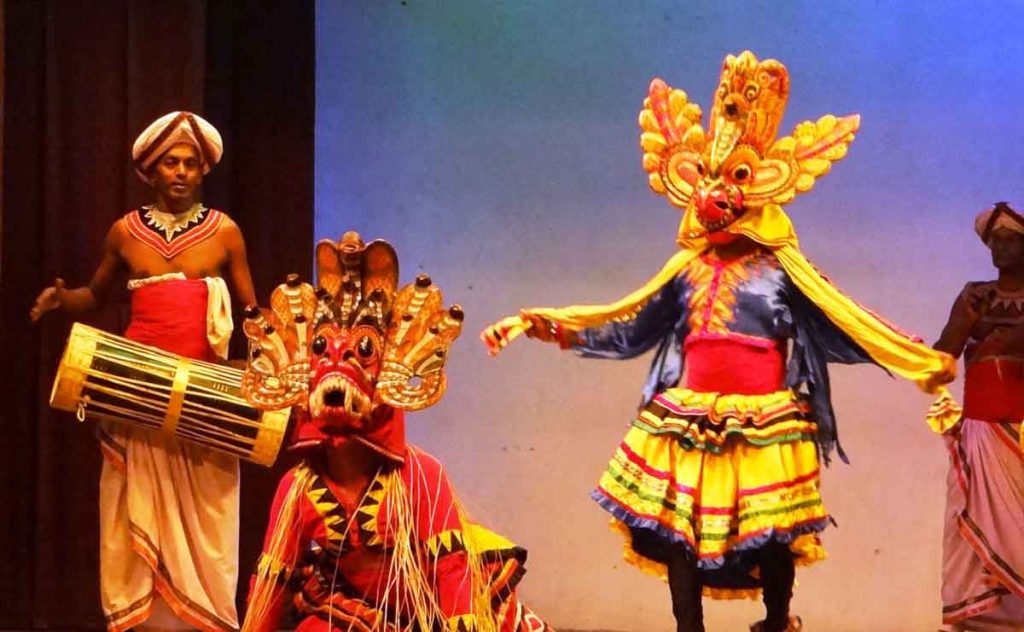
Kandy Cultural Dance Show, or somebody called Kandy Cultural Show, is an exciting dance event that is organized by the Kandy Lake Club. The show is a must-watch for a foreigner because it includes many traditional Sri Lankan dances. Kandy Lake Club was started on this eye-catching event in 1982, and since then they have […]
Exploring Ceylon Tea Estates: A Journey into Sri Lanka’s Tea Gardens
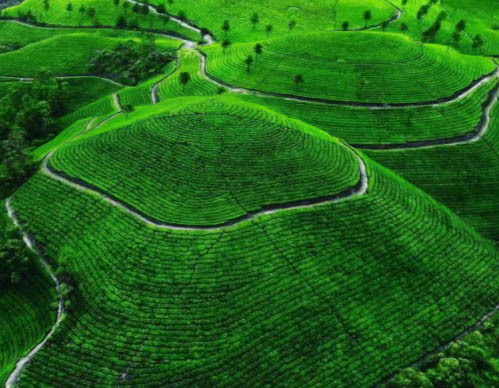
Step into a world of vibrant greenery, rolling hills, and the delightful aroma of freshly brewed tea. Sri Lanka, famous for its exquisite Ceylon tea, is home to magnificent tea estates that offer a captivating glimpse into the heart of the country’s tea gardens. Join us as we embark on an exploration of these enchanting […]
Ambekka Devalaya: A Glimpse into the Ancient Artistry of Sri Lanka
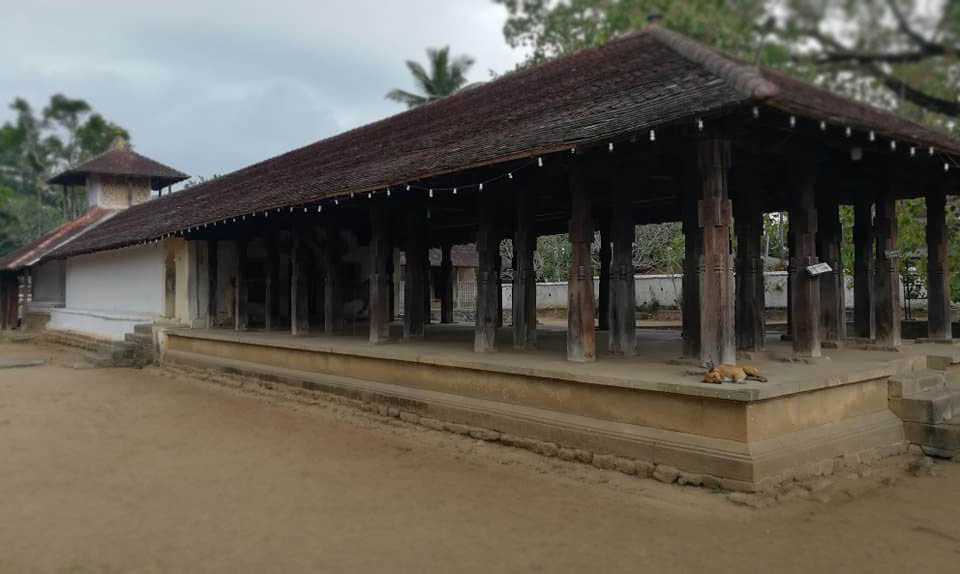
Ambekka Devalaya is a historic temple located in Sri Lanka, known for its intricate woodwork and religious significance. Situated in the village of Ambekka, near Kandy, this temple holds a special place in the country’s cultural and architectural heritage. Built during the 14th century, Ambekka Devalaya is dedicated to the worship of Hindu deities, primarily […]
Hurulu Eco Park: Discovering Sri Lanka’s Natural Wonder and Rich Wildlife and Culture

Hurulu Eco Park is a wildlife reserve located in the north-central province of Sri Lanka. The park is spread over 10,000 hectares of land and is home to a diverse range of flora and fauna, including over 30 species of mammals, 160 species of birds, and numerous species of reptiles, amphibians, and butterflies. One of […]
Vesak Festival in Sri Lanka: Enlightened Festivities and Experiencing the Joy of Celebrations
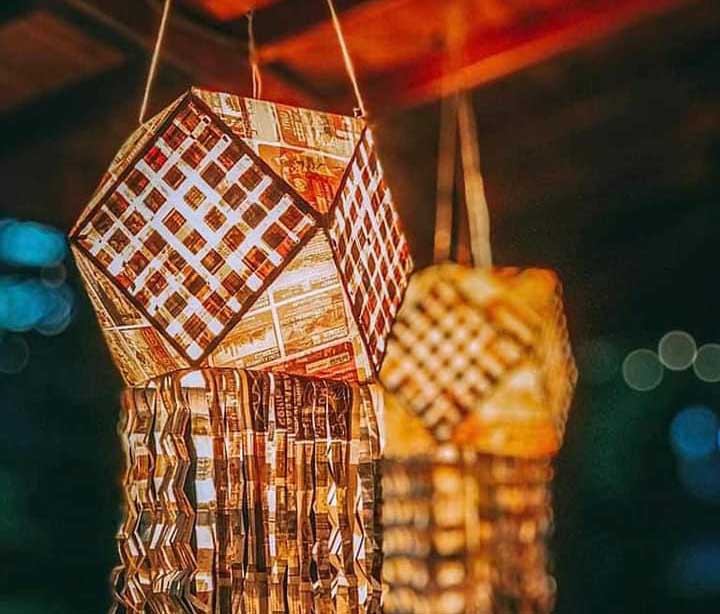
Sri Lanka is a country with a rich cultural heritage, and one of the most significant events in its calendar is the Vesak Festival. This festival celebrates the birth, enlightenment, and passing away of the Buddha, and it is observed with great fervor throughout the country. For travelers looking to immerse themselves in Sri Lankan […]
Discovering the Serene Beauty of Pasikudah Beach in Sri Lanka
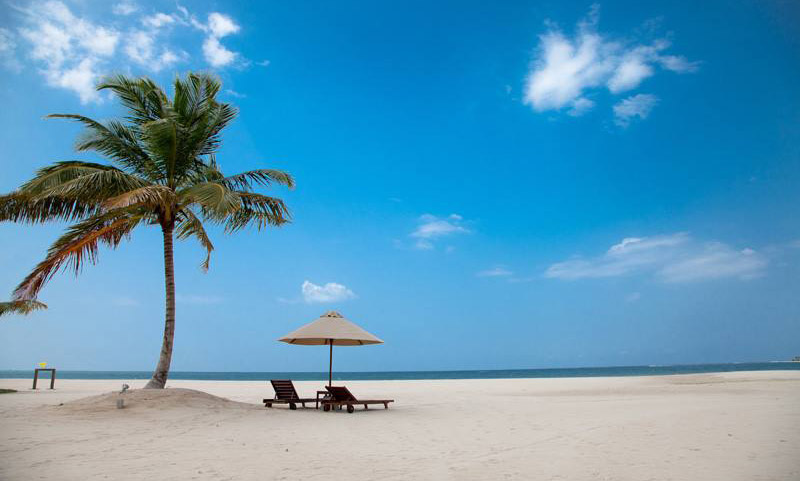
Pasikudah Beach is a stunning and tranquil beach located on the east coast of Sri Lanka. It has gained immense popularity among tourists recently due to its pristine beaches, crystal clear waters, and year-round sunshine. The beach is located in the Batticaloa district and is known for its long stretch of shallow and calm water, […]
Hikkaduwa Beach: A Serene Paradise of Crystal Waters and Vibrant Marine Life

Hikkaduwa Beach is a popular destination among tourists who visit Sri Lanka. Located on the southern coast of Sri Lanka, Hikkaduwa Beach boasts of crystal clear waters, pristine beaches, and a wide variety of marine life. It is the perfect place to relax and unwind, soak up the sun and indulge in water sports. The […]
Gadaladeniya Temple
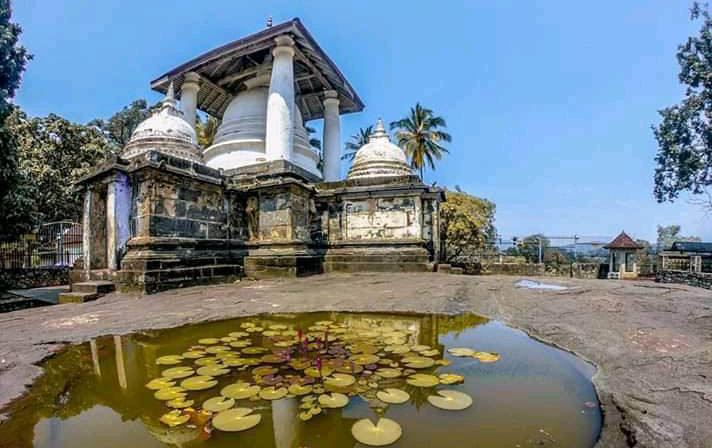
Gadaladeniya Temple is an ancient Buddhist temple situated in the Kandy District of Sri Lanka. Built in 1344 CE by King Buwanekabahu IV, the temple is considered to be an important historical and cultural site in Sri Lanka. The temple is located on a hill called Gadaladeniya, which offers panoramic views of the surrounding area. […]
Lankathilaka Vihara
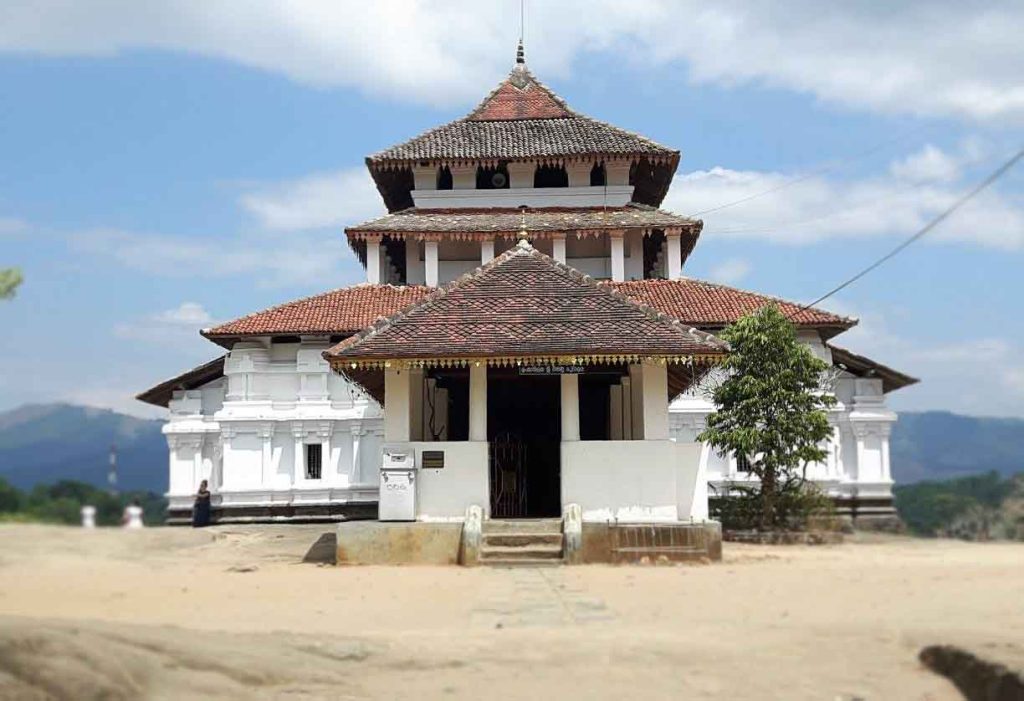
Lankathilaka Vihara, located in Hiyarapitiya, Kandy, Sri Lanka, is a historical temple that attracts tourists from all around the world. The temple was built during the Gampola period, which lasted from 1341 to 1408, and it stands as a testimony to the architectural ingenuity of the ancient Sri Lankan craftsmen. The temple was constructed by […]
